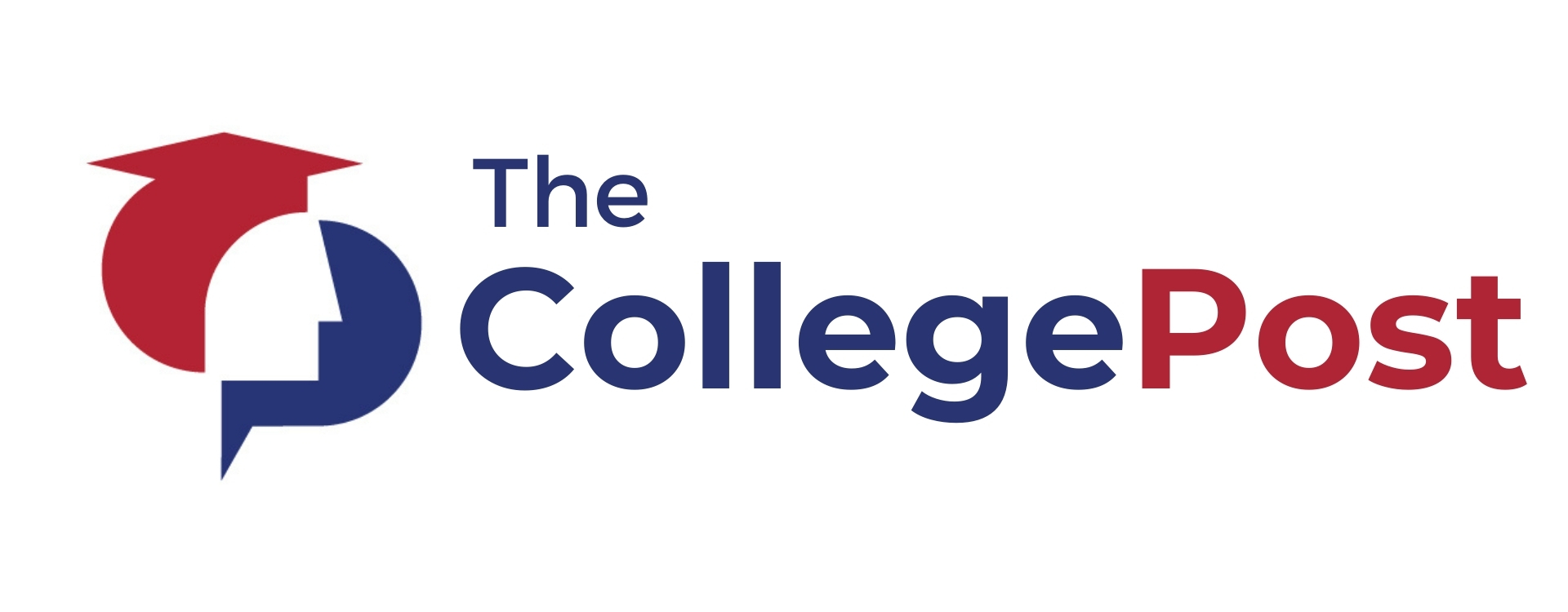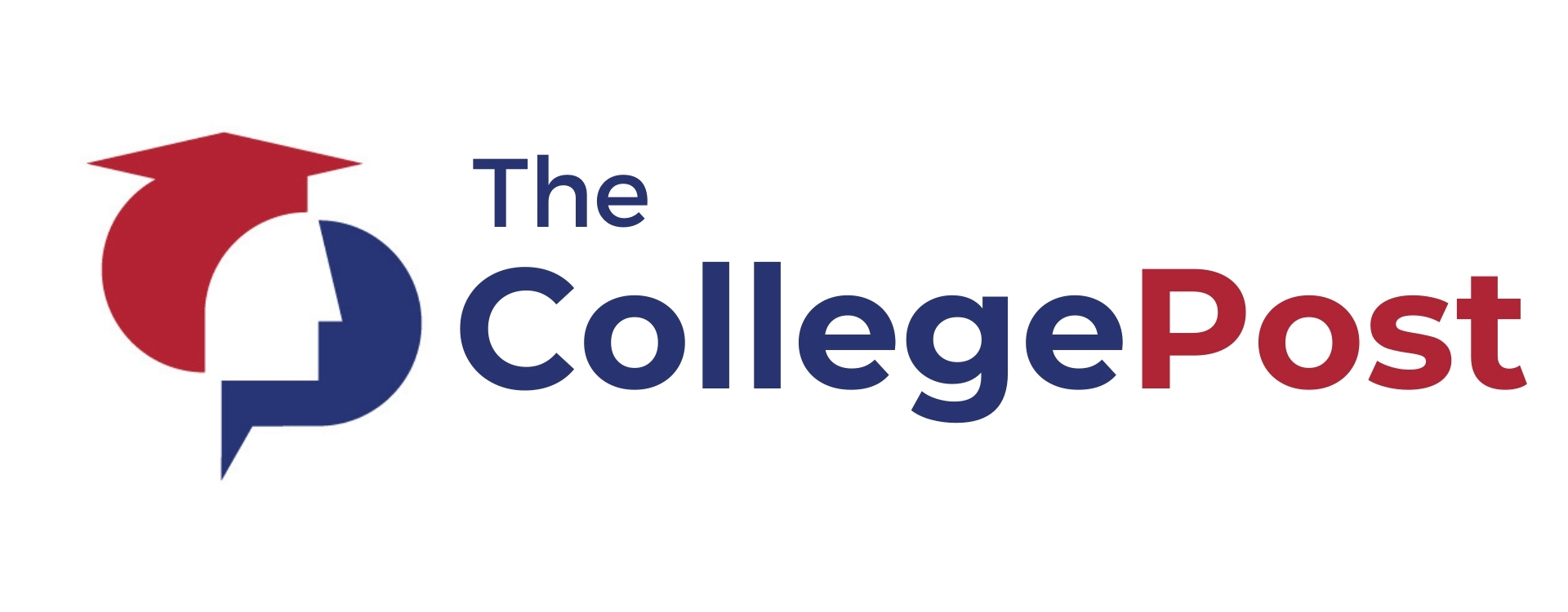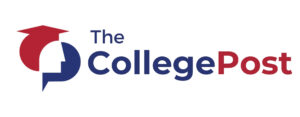A new study has found that only 61 percent of four-year institutions track outcomes for first-generation students with inconsistency in sharing that information across campus.
The analysis conducted by the Center for First-generation Student Success, an initiative of NASPA and The Suder Foundation finds that less than 41 percent of the institutions use such information to communicate support programs meant for the first generation students.
While only 28 percent out of them store information on their first generation status that can be accessed by the faculty despite the fact that 80 percent of the institutions identify them at the time of admission.
The study also found that inconsistent definitions for the first-generation status across programs are hindering the resource constraints for such students.
“First-generation students now make up a third of students nationwide, yet only 27 percent will earn a bachelor’s degree within four years of entering college, lagging far behind their continuing-generation peers,” said Sarah E. Whitley, Senior Director of the Center for First-generation Student Success.
“While we know first-generation students are capable and making significant contributions, services for students are in flux across institutions today. This report seeks to provide a more comprehensive understanding of how institutions are supporting first-generation students, surfacing practices and proven approaches that can improve student experiences and advance college completion.”
The study has called on four-year institutions to improve the service delivery to first-generation students by making a better network of existing support programs and offices while continuing with investment in resources.
“As more institutions identify and support first-generation students, they are increasingly recognizing the substantial assets these individuals bring to campus: grit, ambition, fresh viewpoints that enhance the broader academic community,” Dr. Kevin Kruger, president of NASPA said.
“This report serves as a practical guide for institutions to call for and enact change that ensures all students, regardless of their college-going history, are prepared for life beyond higher education.”



